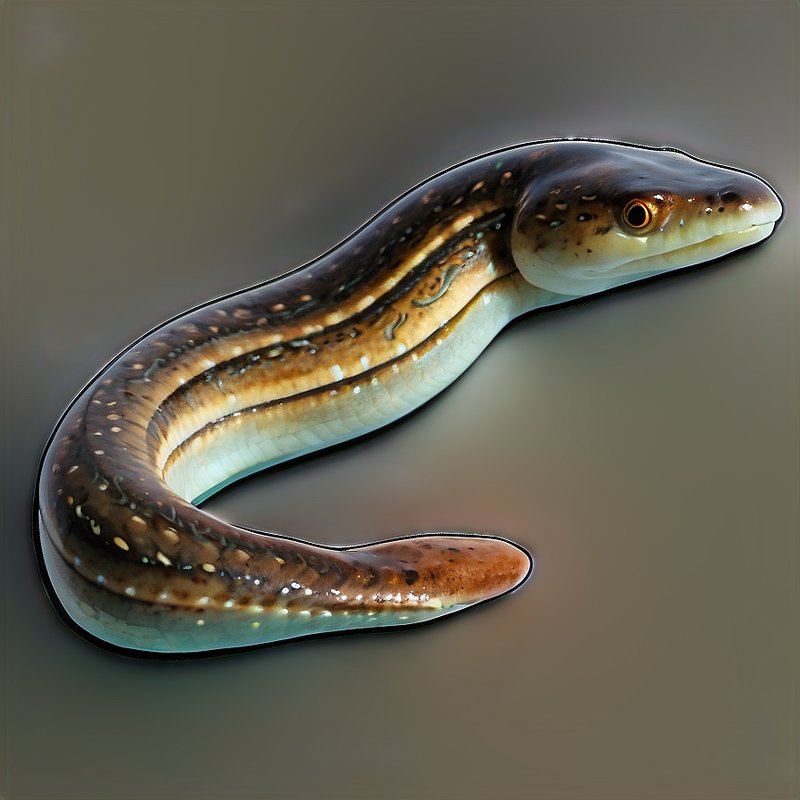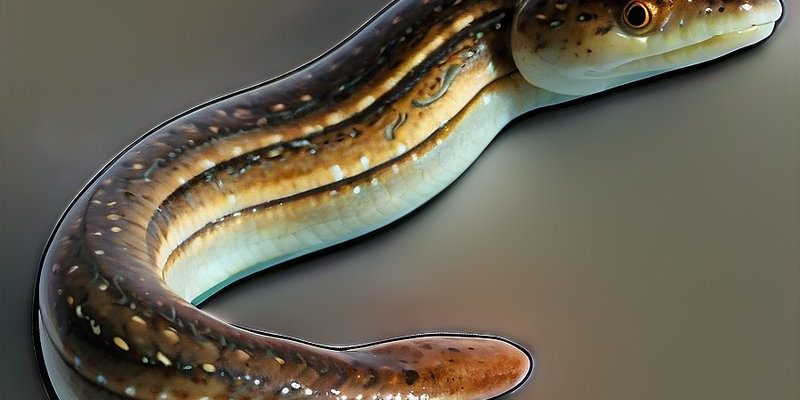
These creatures are more than just seafood or an occasional slide down a river. Across different cultures, eels evoke a mix of awe and intrigue. Let’s dive into the world of eels and explore some common myths and cultural beliefs surrounding them. From ancient folklore to modern interpretations, there’s a lot to unpack about these fascinating fish. So, grab your favorite drink, sit back, and let’s unravel the mystery of the eel!
The Symbolism of Eels in Different Cultures
Eels hold a unique place in various cultural traditions, often symbolizing transformation and longevity. In many indigenous cultures, eels are seen as a powerful symbol of resilience. They wiggle through life’s challenges, adapting to changing environments in rivers and oceans. In Japan, eels are celebrated for their ability to survive harsh conditions, which is often reflected in their folklore.
For instance, the Japanese have a tradition of eating unagi, or freshwater eel, especially during the summer months. It’s believed that consuming unagi boosts stamina and health. So, in this sense, eels are more than just food; they represent vitality and the strength needed to thrive.
In contrast, in some Western cultures, eels have a different reputation. They’ve been linked to trickery and deceit, often appearing in cautionary tales. You might remember the story of the “sticky eel” in folklore, which reminds us to be wary of those who seem too slippery in their ways.
Myth or Truth: Eels and Electricity
You might have heard tales of electric eels—creatures that can deliver a powerful shock. These fascinating beings have sparked myths about their danger and abilities. While electric eels do exist, they aren’t true eels but a type of knifefish. Their ability to generate electricity is fascinating, and yes, they use it both for hunting and self-defense.
Here’s the thing: while they can deliver a shock, it’s not usually lethal to humans. This idea has been blown out of proportion in folklore, where stories often portray electric eels as fierce, almost mythical creatures that can take down anyone. In reality, they’re just as intimidated by humans as we might be by them.
Folklore: Eels in Ancient Mythology
Throughout history, eels have found their way into mythology and legends. The ancient Greeks, for instance, connected eels with the goddess Aphrodite. According to legend, eels were created from the tears of the goddess, representing beauty and love’s fleeting nature. Stories like these highlight the mystical traits assigned to eels, portraying them as creatures of deep significance.
Similarly, in Norse mythology, the tale of the giant eel is a cautionary fable. This story warns about the consequences of greed and the unexpected turns life can take. Eels, in these narratives, symbolize both danger and desire, often pushing characters toward life lessons.
These ancient stories help illustrate how eels are more than just aquatic animals; they represent humanity’s fears, hopes, and dreams. Even in modern storytelling, eels continue to find their place, showcasing our fascination and the layers of meaning we attach to them.
The Healing Powers of Eels
In some cultures, eels are thought to possess healing properties. For instance, in parts of Africa and Asia, traditional beliefs view eels as having magical abilities to cure ailments. Various remedies made from eel fat or broth are believed to provide relief from various health issues.
While scientific backing can be sparse, these beliefs reflect a deep connection between nature and healing practices. Honestly, it’s fascinating how these ideas persist, bridging the gap between ancient wisdom and contemporary life.
It’s important to remember that while eels are nutritional powerhouses, offering omega-3 fatty acids and other health benefits, claims of magical healing should be approached with a healthy dose of skepticism. Yet, the enduring belief in their healing powers speaks volumes about the cultural significance of eels.
Modern Cultural References to Eels
Eels continue to show up in modern culture, from films to literature. Think about the classic scene in some animated movies where the eel character is often portrayed as wise or comical. These representations often reflect the mixed bag of beliefs about eels—sometimes seen as mystical, sometimes as tricksters.
In literature, eels often symbolize transformation or a journey. Take, for example, when a character encounters eels during a pivotal moment. It’s a metaphor for change, adaptability, and confronting the unknown. These traits link back to the real-life behaviors of eels, further solidifying their position as symbols of resilience.
Even in music, eels have found their way into lyrics, often representing deeper themes of struggle and survival. So, in many ways, eels are woven into the fabric of contemporary storytelling, keeping their mythos alive.
Environmental Significance and Conservation
Beyond myths and beliefs, it’s essential to recognize the reality of eels and their ecological role. Eels are vital to many ecosystems, acting as both predators and prey. They help maintain the balance of aquatic life, and their decline in populations is a red flag for environmental health.
Unfortunately, many eel species face threats from overfishing, habitat loss, and climate change. Conservation efforts are crucial to ensuring these creatures don’t vanish from our rivers and oceans. Advocating for sustainable fishing practices and habitat protection is a way to honor the cultural significance of eels while ensuring their survival for future generations.
Here’s the thing: by supporting responsible seafood choices, we contribute to the health of our aquatic ecosystems, helping eels thrive. It’s a win-win—honoring the myths while protecting the reality.
Eels are far more than just slippery fish in the water. They’re woven into the tapestry of culture, symbolism, and mythology, showing us how our beliefs shape our understanding of the world. From ancient tales to modern interpretations, the stories we tell about eels reflect our values, fears, and hopes.
As we continue to explore these myths and cultural beliefs, let’s also keep in mind the real-life significance of eels. Their ecological role and the threats they face remind us how intertwined our lives are with the natural world. Understanding eels not only enriches our knowledge but also inspires us to protect these remarkable creatures. After all, in every tale told about an eel, there’s a lesson waiting to be learned. So, the next time you encounter an eel—whether in a book, on your plate, or swimming by—take a moment to appreciate the profound mythos that surrounds it.

